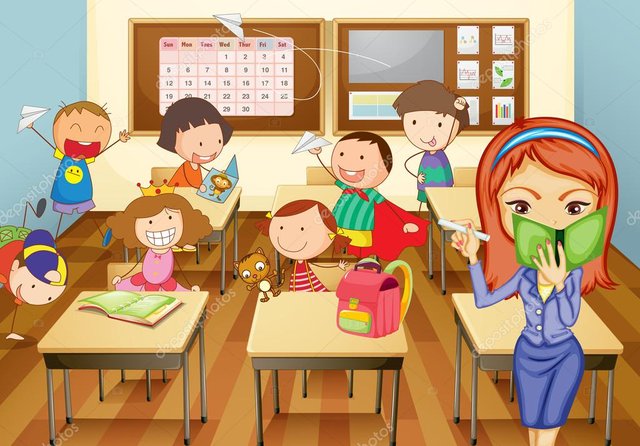Rules of coexistence to ensure the correct development in classes for children
The rules of classroom coexistence for children are social guidelines based on respect among people and whose objective is to maintain an adequate school climate. Thanks to these norms teachers, managers, students and other school staff, the climate in the school will be pleasant and optimal so that everyone can achieve their objectives.
The norms are elaborated by the directive team of the centers from the contributions of the teachers, the students, the families and the non-teaching staff. In doing so, the rights and duties of each one are put in common and measures are put in place to respect and fulfill them.
Rules of classroom coexistence for children

The rules of coexistence in class for children are included in the internal documents of the Center's coexistence Plan. The duty to transmit them to the students and their families is from the center itself and in particular from the teachers. This will be necessary to know how to behave and what to do at any given moment.
Whatever the educational method that teachers use, it is necessary that they set limits to avoid unwanted behavior and find balance.
One way to get students more involved in their compliance is to draw up these limits among all. It is the first day of class when usually spend a few minutes to explain and set the rules of coexistence and must be respected until the last day of the course.
These rules can be:
- Generals They are flexible and refer to a large number of behaviors. For them to be effective they have to be well explained and often. These types of standards usually work better with experienced teachers who have been acquiring them for years.
- Specific. They focus on correcting a single behavior. They clearly express what is expected of the students. This type of rules limit a lot and force you to choose the behaviors to correct carefully. They are the best option for teachers with little experience
How should we set the rules of living for children in the classroom
Do not put too many rules: the number of rules that are needed to achieve a good cohabitation in class is not fixed. Many times it is thought that the greater the number of rules to be followed, the better it will be for good functioning in the classroom. However, setting many standards will be counterproductive since many will be more difficult for students to learn and internalize.
Rules in positive: when they speak to us of limits and of norms the first thing that we think is in norms like for example, "it is not possible to be run by the corridor", "prohibited to speak in class", etc. We see normal that the norms are expressed with negative phrases. The limits written in this way make the student know what he can not do but does not receive an explanation of what he is expected to do. Therefore, it is important that the standards are expressed in positive. Thus, phrases such as "we walk quietly down the hall" or "we are silent to attend better in class" will better inform the students
All deverian schools establish a series of rules of coexistence to guarantee peace and the correct development of classes.
